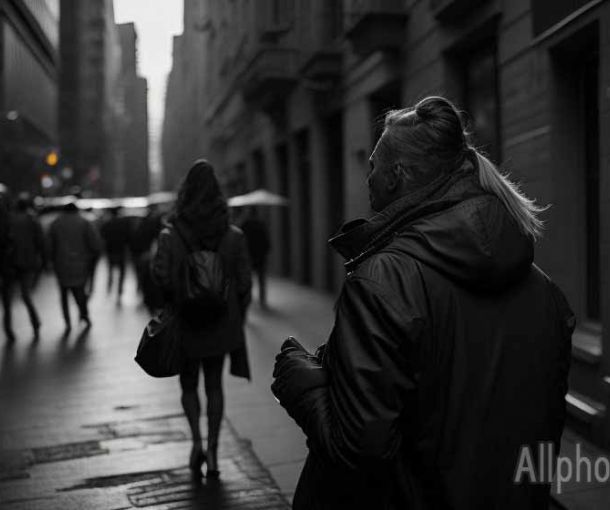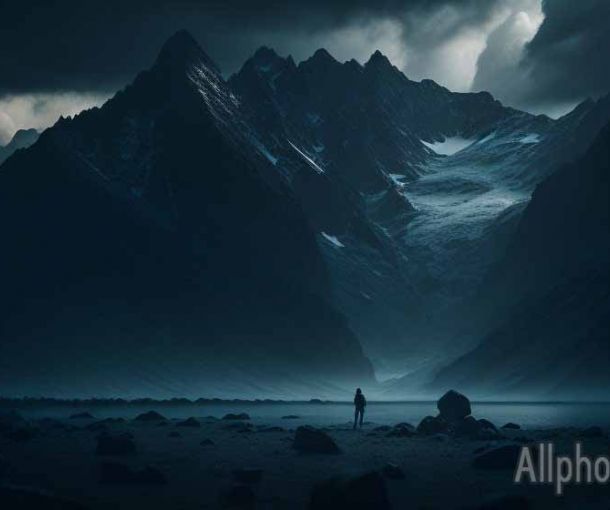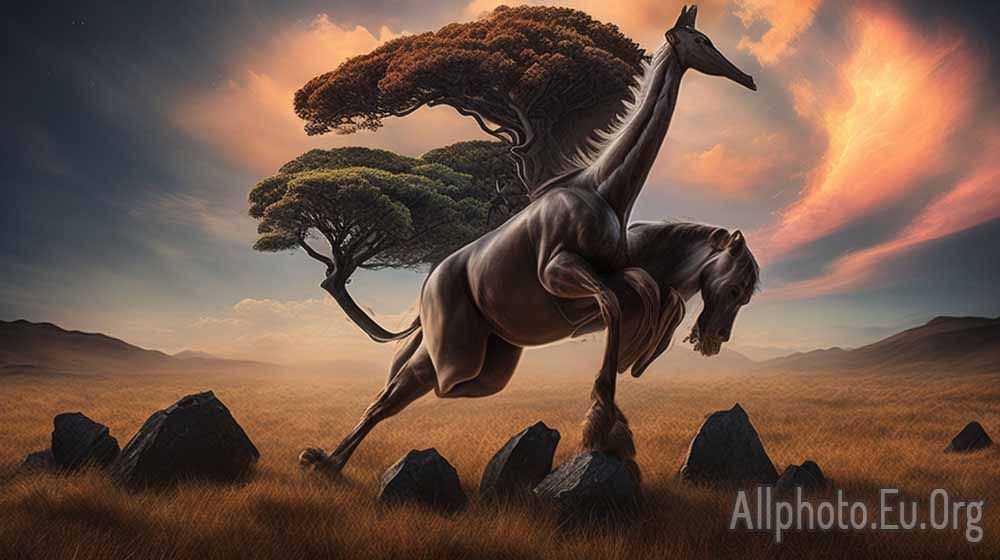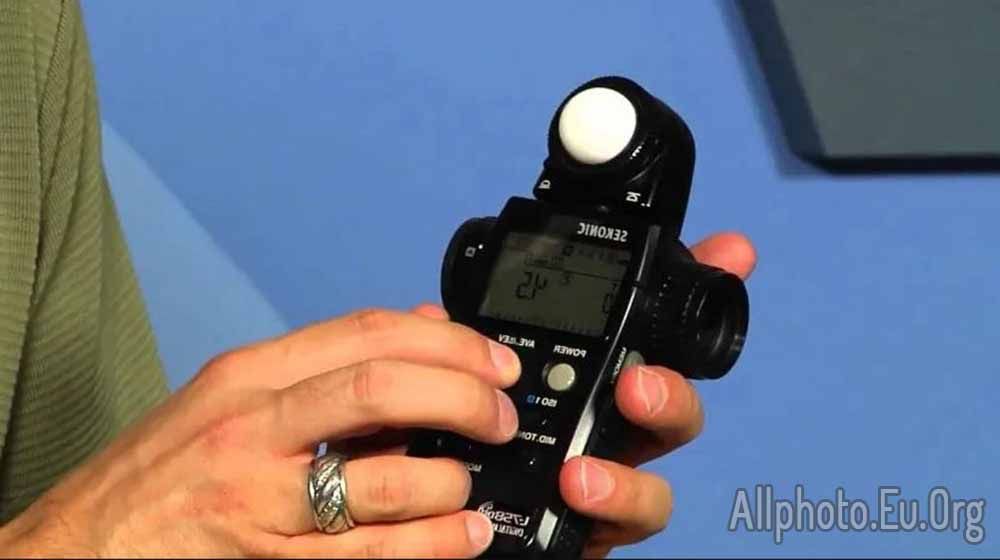The Importance of Storytelling in Documentary Photography: Conveying Meaning and Emotion
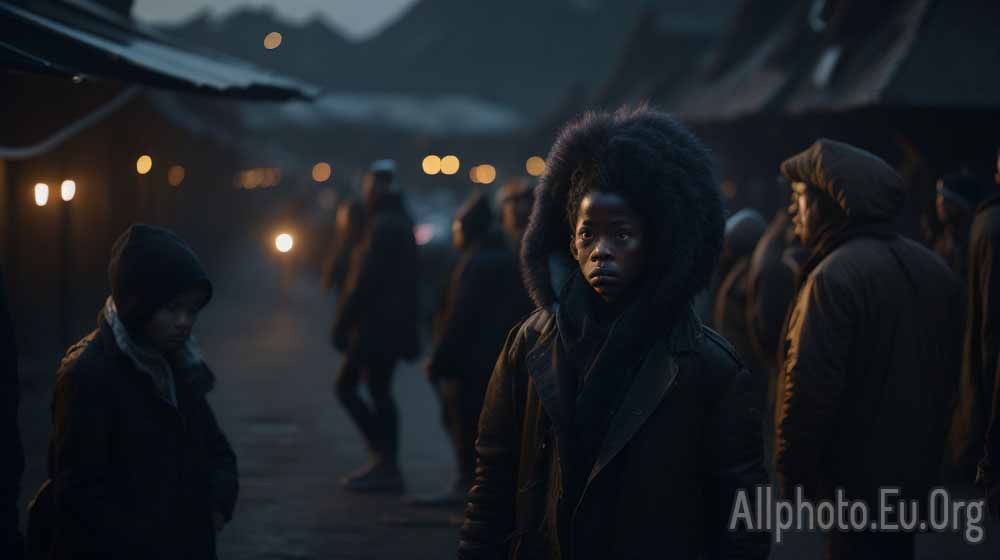
Documentary photography is a powerful medium for telling stories, and storytelling is a crucial aspect of this genre of photography. A well-told story can make all the difference in the impact a photograph has on the viewer. Whether it's through a single image or a series of photographs, documentary photography tells stories that convey meaning and emotion.
At its core, storytelling is about connecting with people. In documentary photography, it's about connecting with the people in the photograph and the people who view it. Through storytelling, photographers can create a connection between the viewer and the subject. It can make a photograph relatable, engaging, and impactful.
There are several ways that storytelling can be conveyed through documentary photography. Here are some examples:
- Capturing Moments One of the most potent ways to convey a story through documentary photography is to capture a moment. A photograph that captures a moment in time can tell a story that words may struggle to describe. It can convey emotion, feeling, and even a sense of time and place. For example, a photograph of a mother hugging her child can convey the love and bond between them.
- Creating a Narrative Another way to convey storytelling through documentary photography is by creating a narrative. By using a series of images, a photographer can tell a story with a beginning, middle, and end. A narrative can create a sense of context and can help to convey the message more clearly. For example, a series of images that document the journey of a refugee can help to convey the challenges they face and the resilience they possess.
- Capturing Emotions Emotions are a powerful way to convey storytelling through documentary photography. Photographs that capture emotion can help the viewer to connect with the subject and to empathize with their situation. For example, a photograph of a child crying can evoke empathy and compassion from the viewer.
- Documenting Real Life Documentary photography is about capturing real-life situations and events. By documenting real life, photographers can tell stories that are authentic and honest. Real-life situations can convey a sense of truth and can help to make the story more impactful. For example, a photograph of a homeless person sleeping on the street can convey the harsh reality of poverty and homelessness.
The importance of storytelling in documentary photography cannot be overstated. It is what sets documentary photography apart from other genres of photography. Without storytelling, documentary photography would be just a collection of images without any context or meaning.
The power of storytelling lies in its ability to connect people. It can create a bridge between the subject and the viewer, and it can evoke emotions and empathy. Storytelling can help to convey important messages and can bring attention to issues that may have otherwise gone unnoticed.
In conclusion, storytelling is an essential aspect of documentary photography. It can convey meaning and emotion and can help to create a connection between the subject and the viewer. Whether through capturing a moment, creating a narrative, capturing emotions, or documenting real life, storytelling is what gives documentary photography its power.
Moreover, storytelling can also serve as a tool for social change. Documentary photography can bring attention to important issues and create awareness that can lead to action. By telling a story through photography, photographers can shed light on social, political, and environmental issues that affect people's lives. Documentaries such as "The Salt of the Earth," "Inside Job," and "Blackfish" are just a few examples of how storytelling in documentary photography can bring awareness to important issues.
Storytelling can also be a way to preserve history and culture. Photographs can capture important moments in history and preserve them for future generations. Documentary photographers have been instrumental in documenting events such as war, social movements, and cultural practices that may have otherwise been lost. Photographs from the Civil Rights movement, for example, have become iconic images that have helped to shape our understanding of that period in history.
In conclusion, the importance of storytelling in documentary photography cannot be overstated. It is what gives the genre its power and sets it apart from other forms of photography. Through storytelling, photographers can connect with people, convey meaning and emotion, bring attention to important issues, and preserve history and culture. As the saying goes, a picture is worth a thousand words, and through storytelling in documentary photography, those words can be even more powerful.
In today's world, where visual media is ubiquitous, the importance of storytelling in documentary photography has only increased. By using a combination of capturing moments, creating narratives, capturing emotions, and documenting real life, photographers can create a powerful impact on their audience. Moreover, storytelling in documentary photography can serve as a tool for social change, preserving history and culture, and bringing awareness to important issues. Thus, if you are a documentary photographer, it is crucial to master the art of storytelling to create a lasting impact.
Tags
Latest Articles
Most Read
All Tags
Subscribe
Donate
Please consider supporting our efforts.
© 2023 All-Photo.Cf All rights reserved.


